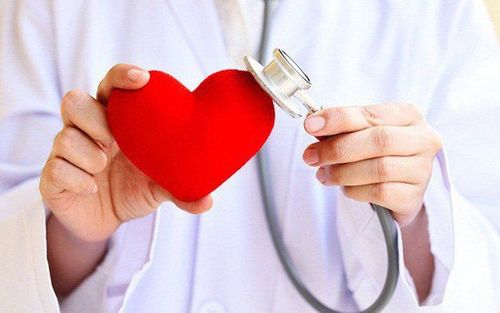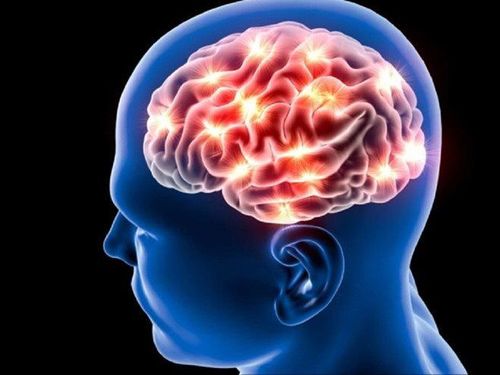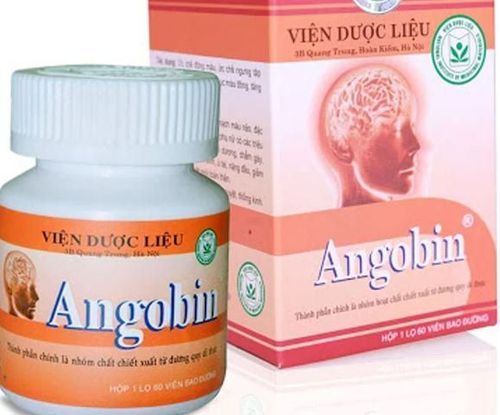This is an automatically translated article.
Swallowing disorder is a common symptom in patients after cerebrovascular accident, brain degeneration. Swallowing disorder after stroke is caused when the patient aspiration, can cause pneumonia, even death.
1. What is a swallowing disorder?
Swallowing disorder is the feeling of being trapped, impaired or disturbed in the oral, pharyngeal or esophageal stages during swallowing, affecting unsafe eating or drinking.
Swallowing disorders can sometimes be caused by damage to the tongue causing loss of sensation and damage to the swallowing center.
2. Causes of swallowing disorders Cerebrovascular accident is a common cause, causing pharyngeal muscle paralysis leading to symptoms of swallowing difficulty, patients having difficulty swallowing food and drink. In addition, when swallowing saliva also makes the patient feel difficult to swallow.
3. Signs and symptoms of swallowing disorder Symptomatic swallowing disorder is specifically shown through 3 stages as follows:
3.1. Oral phase Food is left in the mouth drool is spilled Food is splattered
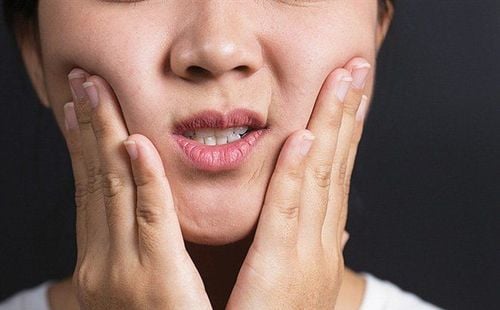
Thức ăn bị tồn đọng trong miệng ở giai đoạn miệng
3.2 Pharyngeal phase Oral-nose reflux. In the beginning when swallowing causes difficulty, delay in swallowing. When swallowing cough or choke After swallowing change voice. Active coughing is not effective. Loss of body weight for no apparent reason. 3.3. Esophageal phase Sensation of food stagnation in the neck, chest. Recent pneumonia. Loss of body weight for no apparent reason. Eating habits are changed. 4. Interventional diagnostic measures Swallowing disorders are diagnosed through the following techniques:
4.1 Barite oral X-ray This is a measure considered the classic gold standard to evaluate swallowing process. Have the patient sit or stand at a 45-90 degree incline, dissolve the Barite for the patient to drink, then X-ray from the front or side.
This result can give a confidence level of 40-80%, but it depends on the qualifications and experience of the evaluator.
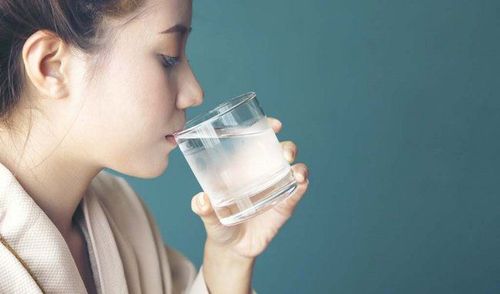
Người bệnh uống Barit được hòa tan với nước
4.2. Flexible bronchoscopy to evaluate swallowing Using a flexible bronchoscope inserted through the nose to observe in the pharynx, the larynx image after eating or drinking colored food.
Advantages: the flexible endoscopic method is very safe, the rate of nosebleeds is very low 1/1000 cases, the patient can do it at the bed, can be evaluated with a variety of foods, can be evaluated. anatomy and sensation of the oropharynx. Sensitivity 88%, specificity 50-92%, positive value of diagnosis 69-88%, negative value 63-100%. Disadvantage: requires accurate means, qualifications and experience of the doctor to achieve good results. Food cannot be seen as it passes through the pharynx because this organ constricts tightly when swallowing. 4.3. Assessment by capillary oxygen saturation Patients who swallow liquids measure SpO2 with their fingertips. The diagnosis was positive when SpO2 decreased 2% from baseline.
Advantages: non-invasive, easy to do, simple, fast, can be redone many times. Sensitivity 73-87%, specificity 39-87%. Disadvantages: affected by age, low reliability, respiratory pathology. 5. Methods of treating swallowing disorders caused by accidents, brain degeneration 5.1. Compensating technique Positioning technique
The patient flexes the chin before swallowing, the patient is in a semi-sitting or sitting position. The patient turns to the paralyzed side when swallowing. The patient turns to the paralyzed side and bends down while swallowing. Tilt the patient's head to the healthy side. Lay the patient down for the purpose of altering the gravity of the sediment when there is stagnation of food in the pharynx after swallowing.
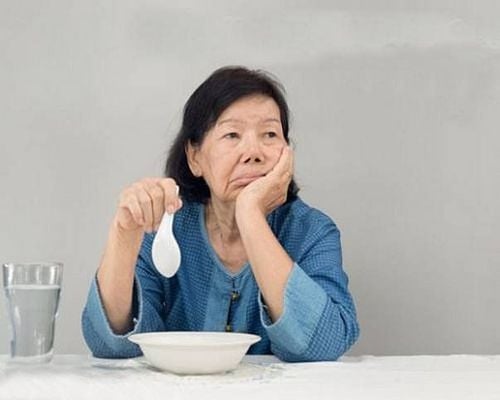
Người bệnh sau đột quỵ gặp khó khăn về ăn uống
Increase sensory perception
Give the patient tastes salty, sweet, sour, hot, cold... to stimulate the swallowing reflex. This measure is beneficial for patients with sensory disturbances.
5.2. Exercises Oral exercises : The goal is to strengthen the striated muscles of the lips, jaw, tongue and increase strength
Tongue exercise: Bring your tongue forward, perform many repetitions, hold your head tongue in the middle of the body. Bringing the tongue to the two mucosal areas of the cheeks, the nurse uses her hand to resist the outside of the patient's cheek, asking the patient to push the nurse's hand with her tongue. Practice pronunciation: Say the vowels u, a, e, i, o. Exercises to clear the throat and reduce food retention: Swallowing with force, swallowing on the glottis.
Practice swallowing forcefully Practice pushing jaw Masako exercise: put your tongue forward, keep your teeth fixed together, perform swallowing. 5.3. Invasive treatment procedure No oral feeding
Insertion of a nasogastric tube. Insert a nasogastric tube. Complete parenteral nutrition infusion.
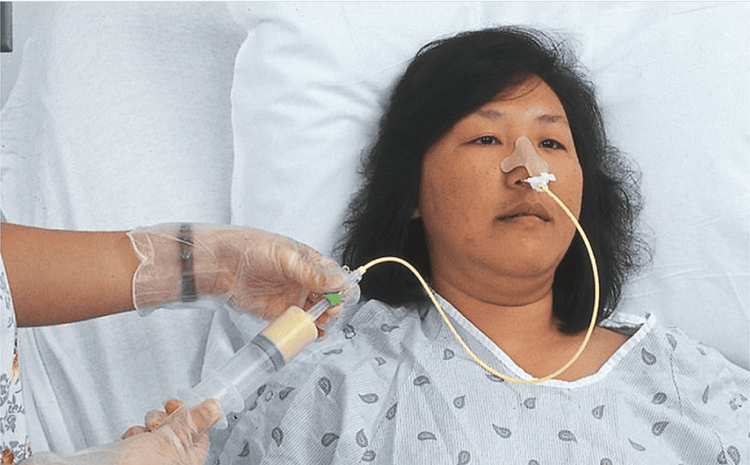
Nuôi ăn qua sonde đường mũi – dạ dày
Surgical treatment
Removal of the cricoid muscle. Surgery to bring the vocal folds to the center. Removal of the larynx. Insert an endotracheal tube. 5.4. Drug therapy Patients may be prescribed Atropin to reduce salivation, however, the drug aggravates the patient's dysphagia.
6. Caring for patients with swallowing disorders due to stroke, brain degeneration The care of patients with sequelae after a cerebrovascular accident should be very attentive. Accordingly, the patient's food should be cooked soft, chopped or pureed if the patient has difficulty chewing or swallowing. Avoid foods that are hard, dry, large in size, foods that are easy to stick to teeth and gums. The patient should only eat when awake, eat slowly with small spoonfuls, support if the patient has difficulty opening his mouth, remind if the patient holds food for a long time.
When eating, the patient should sit in an upright position, perpendicular to the hips, knees and ankles, feet touching the floor or resting on the platform, do not let the legs hang. If the patient cannot sit, the head of the bed should be adjusted or supported to sit, wedge the pillow so that the patient can eat comfortably and in the correct posture. After eating should sit or walk for about 30 minutes to avoid food reflux. Pay attention to the patient's oral hygiene, if you cannot brush your teeth, you can use tongue gauze and physiological saline to clean.
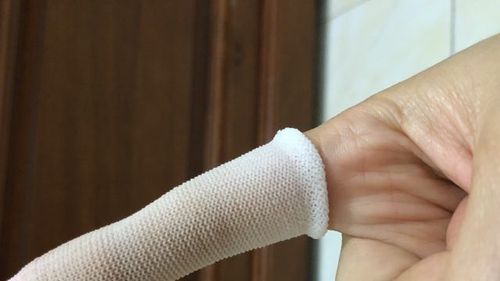
Có thể rơ lưỡi bằng nước muối sinh lý khi người bệnh không thể tự đánh răng
Please dial HOTLINE for more information or register for an appointment HERE. Download MyVinmec app to make appointments faster and to manage your bookings easily.




